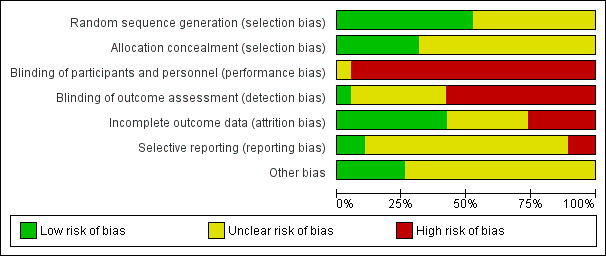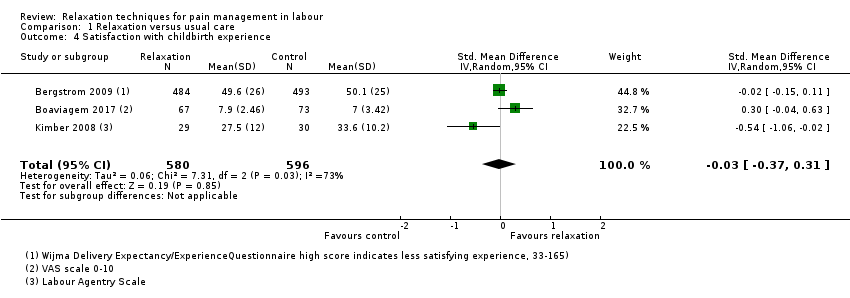Contenido relacionado
Revisiones y protocolos relacionados
Stephanie Weibel, Yvonne Jelting, Arash Afshari, Nathan Leon Pace, Leopold HJ Eberhart, Johanna Jokinen, Thorsten Artmann, Peter Kranke | 13 abril 2017
Millicent Anim‐Somuah, Rebecca MD Smyth, Allan M Cyna, Anna Cuthbert | 21 mayo 2018
Leanne Jones, Mohammad Othman, Therese Dowswell, Zarko Alfirevic, Simon Gates, Mary Newburn, Susan Jordan, Tina Lavender, James P Neilson | 14 marzo 2012
Kelly Madden, Philippa Middleton, Allan M Cyna, Mandy Matthewson, Leanne Jones | 19 mayo 2016
Trudy Klomp, Mireille van Poppel, Leanne Jones, Janine Lazet, Marcello Di Nisio, Antoine LM Lagro‐Janssen | 12 septiembre 2012
Sheena Derry, Sebastian Straube, R Andrew Moore, Heather Hancock, Sally L Collins | 18 enero 2012
Caroline A Smith, Carmel T Collins, Caroline A Crowther | 6 julio 2011
Janesh K Gupta, Akanksha Sood, G Justus Hofmeyr, Joshua P Vogel | 25 mayo 2017
Kate F Walker, Marion Kibuka, Jim G Thornton, Nia W Jones | 9 noviembre 2018
Natalia Novikova, Catherine Cluver | 18 abril 2012
Respuestas clínicas Cochrane
Sera Tort, Karen Pettersen | 26 julio 2018






































